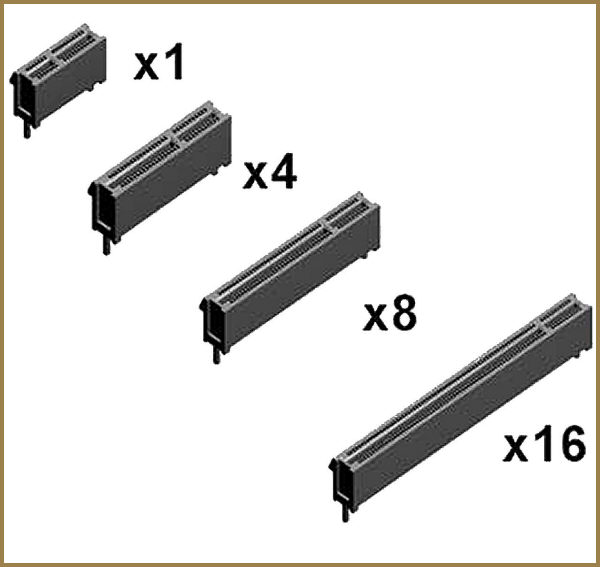Revolution, not evolution?
Despite the name, PCI Express is not strictly an evolution of PCI. Whereas PCI and PCI-X are essentially parallel data connections, PCI Express uses serial technology.All devices on the PCI or PCI-X bus share the bandwidth, but each PCI Express device has a dedicated point-to-point connection to the controller, so it gets all the bandwidth available for its own specific use.
In its basic form, PCI Express uses a four-wire system that runs at 2.5Gbit/sec in each direction. In duplex mode, this four-wire lane allows around 250MByte/sec of data throughput each way.
And this is dedicated bandwidth, so PCI Express is not only almost twice as fast in one direction as PCI, it's unaffected by the number of PCI Express devices connected to the system. Then add PCI Express's duplex mode into the equation, and it's clear that overall performance is another order of magnitude faster than PCI.
Lanes can also be grouped in parallel to increase bandwidth. The specification currently allows for up to 32 lanes to be ganged together, but shipping implementations use a maximum of only 16 lanes. Even so, this equates to 4GByte/sec in each direction - twice as fast as AGP 8x.

But PCI Express isn’t just about increased bandwidth. It also offers better power management, including native hot-plug support. And, although the physical interface is not backwards compatible, the driver architecture is. So PCI products can rapidly be moved over to PCI Express with little rewriting of software needed to make them work.









